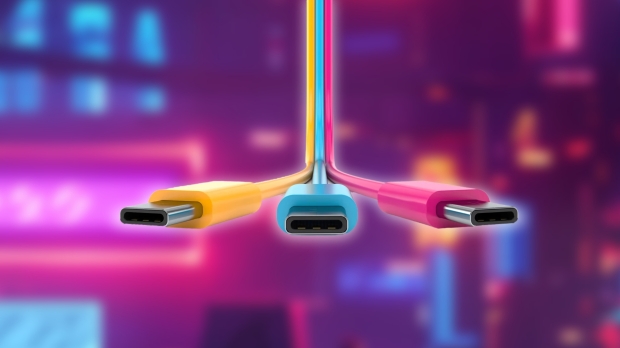Anyone who has used a mobile or portable device, laptop, or PC in the past decade will be aware of USB. The technology helped solve a problem that plagued the early days of personal computing: connecting multiple devices to a single machine. It introduced a new standard that supported everything from a printer to a keyboard to an external hard drive. For everyday tech users, USB or Universal Serial Bus connections and ports come in two sizes or flavors - full-sized traditional USB Type-A and the more modern smaller USB-C or USB Type-C.
USB technology has come a long way since 1996 and continues to evolve. USB4 is the latest innovation and one of the most important and impressive. It delivers a welcome speed increase over previous versions, ushering in a new era for data transfer. It also enhances power delivery while supporting various display formats. Based on Thunderbolt technology, USB4 is powerful enough to serve as the interface for an external high-end GPU connected to a laptop. It can also charge devices in minutes, not hours, removing the need for power adaptors while paving the way for external storage as fast as an internal NVMe SSD.
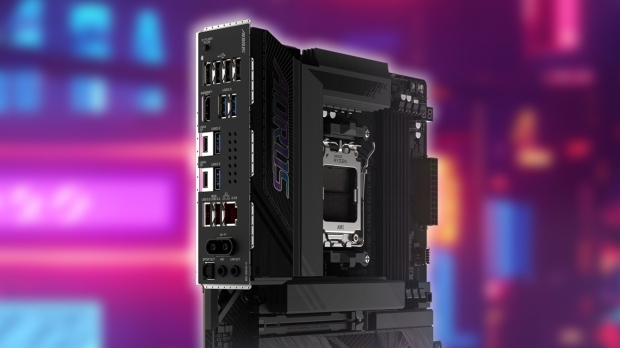
One company fully embracing USB4 technology is GIGABYTE, with its latest Z890 and X870 motherboards for Intel and AMD CPUs incorporating the latest USB technology. In the case of its X870 line-up, each board includes two full-speed 40Gbps USB4 ports. As we enter a new year, USB4 will become increasingly important and a must-have feature for new PCs and mobile devices.
USB's Evolution: From USB to USB4
As a technology that has existed since the 1990s, new USB versions don't come around very often, but they offer significant improvements when they do. The latest standard, USB4, presents a massive improvement over USB 3.0. It has more bandwidth to support high-refresh-rate displays, enhanced power delivery to power and charge devices, and a significant boost to data transfer speeds. Here's a quick summary of USB history.
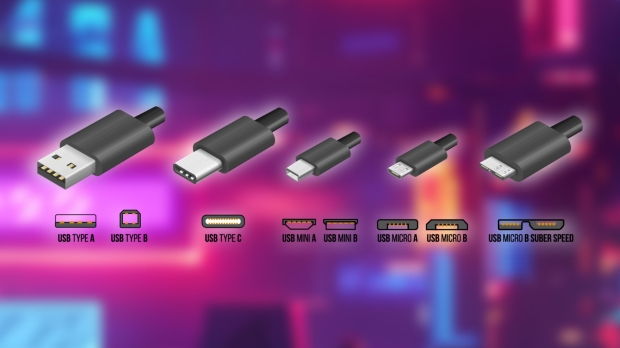
- USB 1.0 (1996): USB was introduced alongside the iconic Type-A connection, which can still be seen today, with a relatively low bandwidth and speed of just 12Mbps. However, it wasn't until the USB 1.1 update in 1998, which fixed some outstanding issues, that USB got widespread support from various companies and hardware makers.
- USB 2.0 (2000): This notable upgrade helped USB become the standard for peripherals, audio devices, and external storage solutions thanks to the speed increase from 12Mbps (around 1.5 MB/sec) to 480Mbps (around 60 MB/sec). USB 2.0 also introduced new mini and micro connector types.
- USB 3.0 (2008): Another significant speed increase, going from 480 Mbps to 5 Gbps (around 625 MB/s) thanks to new USB SuperSpeed technology. In 2014, the arrival of USB 3.2 introduced the smaller USB Type-C or USB-C connector and a speed increase to 10 Gbps with higher power transfer.
- USB4 (2019): Based on Thunderbolt 3, USB4 is compatible with this technology alongside everything from USB 3.0 to USB 2.0 using the existing Type-C connectors. With incredible 40 Gbps data transfer speeds and intelligent power transfer of up to 240W, USB has formally entered the high-speed video via USB-C DisplayPort (DP-Alt Mode) and data era.
USB4 Benefits and GIGABYTE's Motherboard and Laptop Range
Compared to USB 2.0, the version that ushered in the era of micro USB sticks and external storage devices, USB4 offers 10 times the data transfer speed - 40Gbps or 5000 MB/s, comparable to a modern M.2 NVMe SSD.
The benefits of USB4 are immediate; the increased transfer speeds make dealing with large files like 4K or even 8K video hassle-free, alongside modern PC games that can reach install sizes of up to 100+ GB. Display output support makes connecting external displays via the DisplayPort 1.4 spec easier, including support for 4K screens. Power Delivery 3.0 simplifies charging, especially for laptops, as it can remove the need for a separate and heavy power brick. Finally, being fully backward compatible with previous USB versions, cables, and devices, you don't have to worry about compatibility.
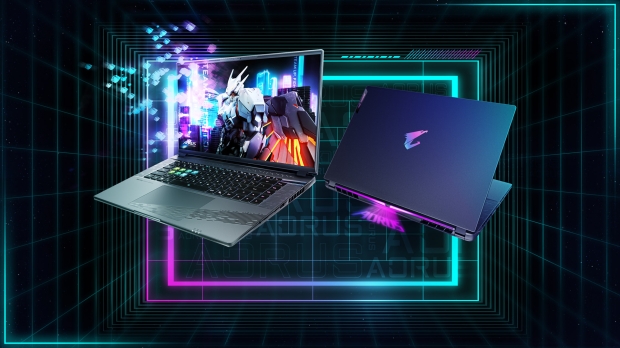
GIGABYTE is renowned for creating a range of high-performance PC hardware, from discrete GPUs for PC gaming to motherboards, high-speed SSDs, monitors, and laptops. The powerful AORUS 16X laptop, with GeForce RTX 40 Series graphics and high refresh-rate G-SYNC display, includes versatile USB4 technology.
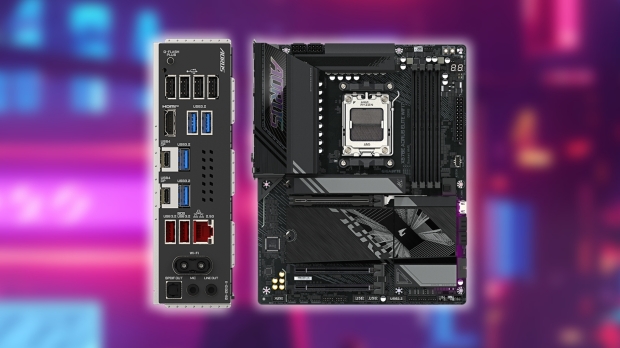
Looking at GIGABYTE's impressive X870 and X870 motherboard range for AMD Ryzen processors, USB4 is standard across all models - whether it's a high-end X870E AORUS ELITE WIFI7 board or a more affordable X870 GAMING X WIFI7 variant. Each GIGABYTE AM5 motherboard includes dual USB4 connections, delivering reliable full-speed 40Gbps transfer speeds, efficient charging, and display over DP-Alt. This is in addition to DIY-Friendly features to make installation and customization a breeze, robust thermal design for cooling and enhancing performance, and exceptional power delivery for all components.
GIGABYTE's Z890 motherboard range for Intel's new Core Ultra 200 Series processors has also embraced USB4 - ensuring that once you've got access to the future of USB and the most significant upgrade the standard has seen in its long history.

